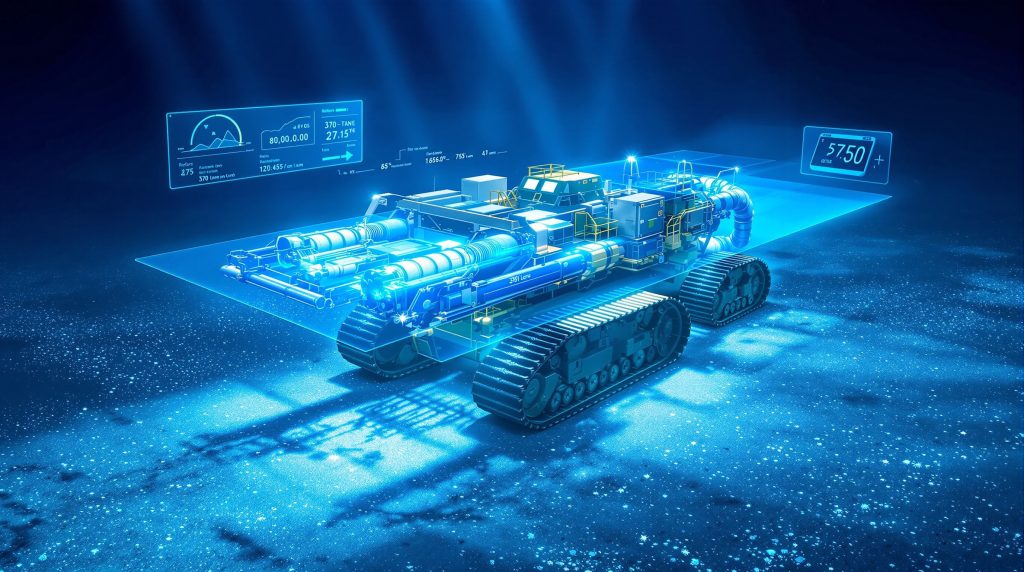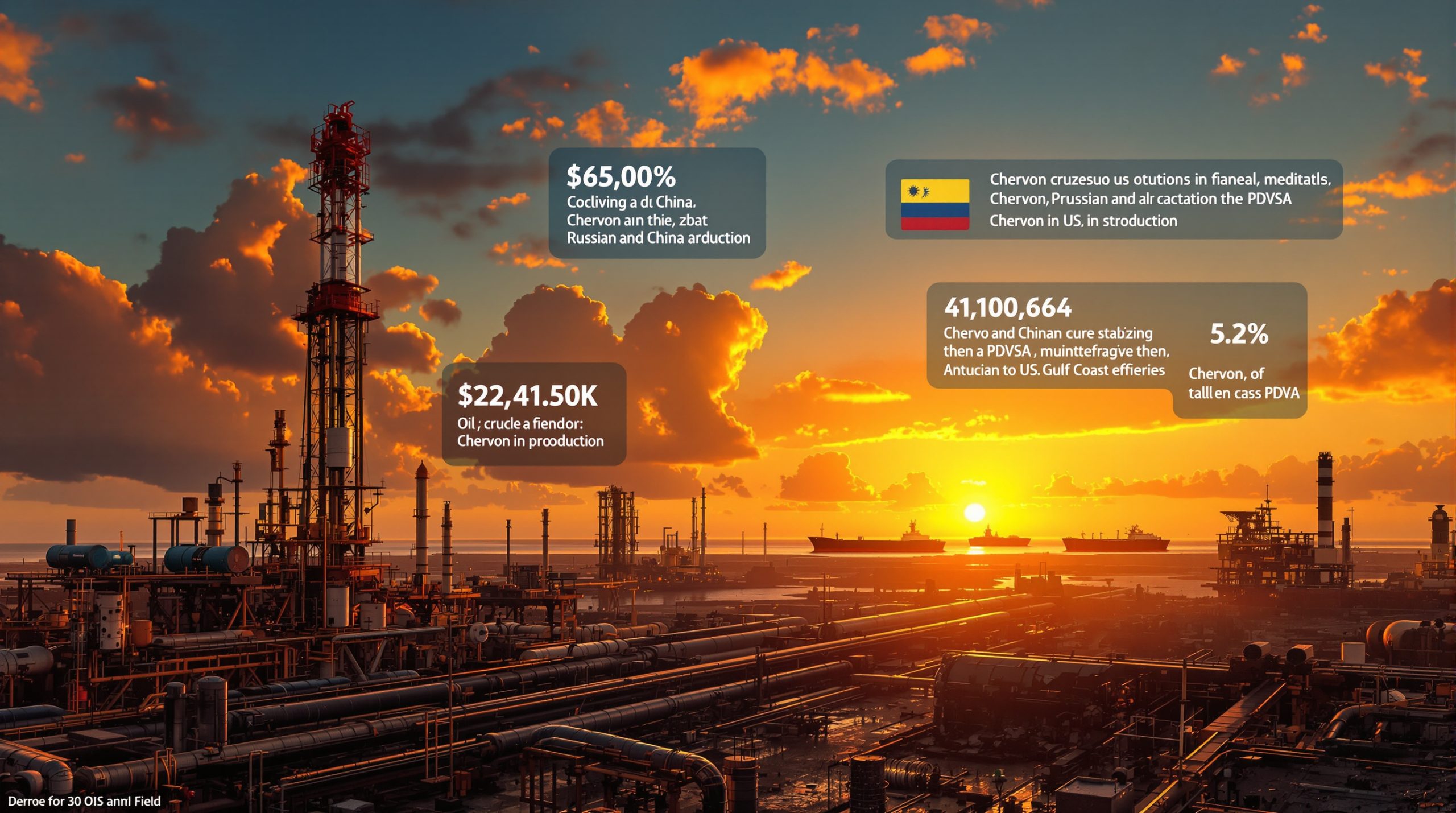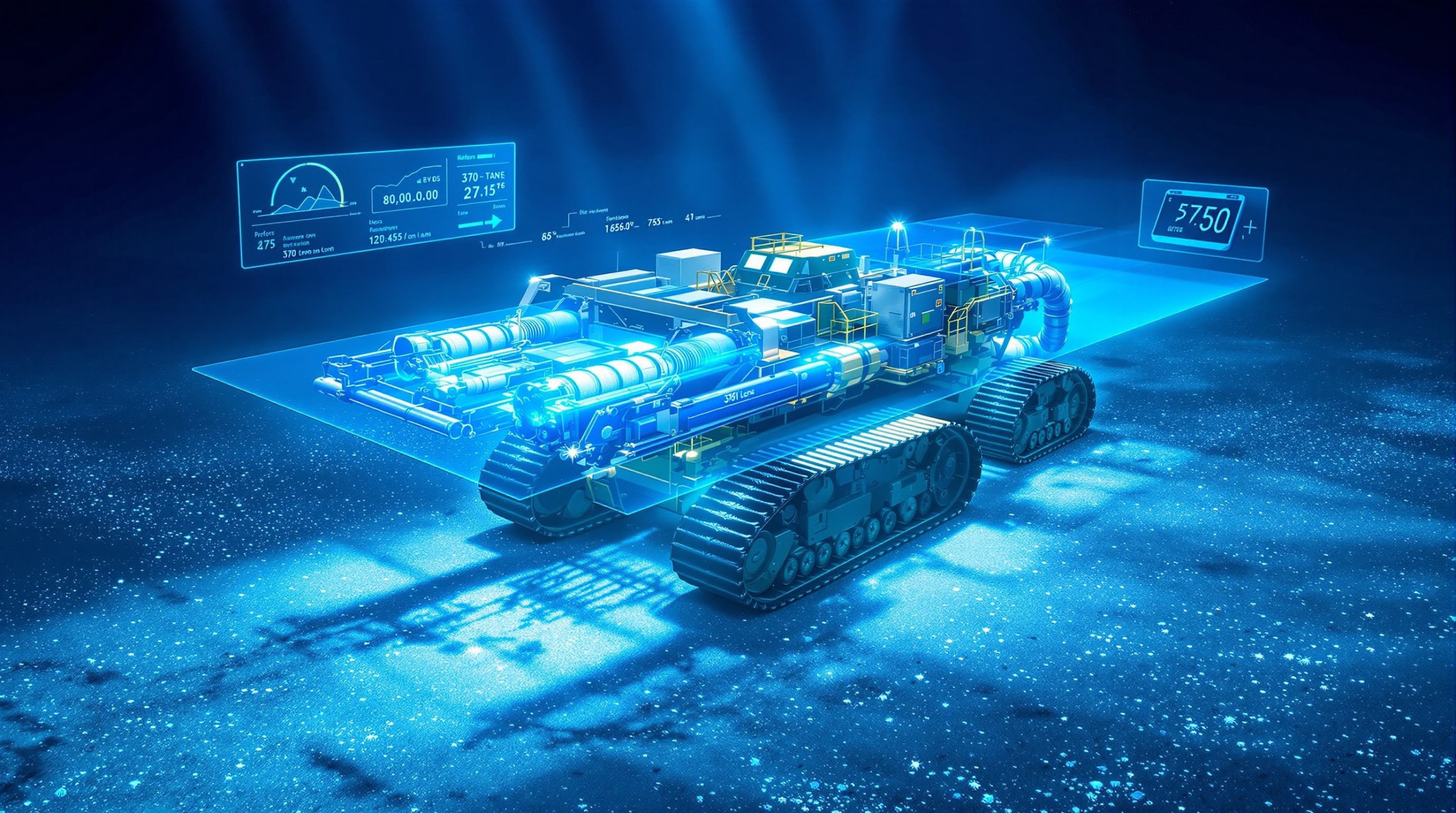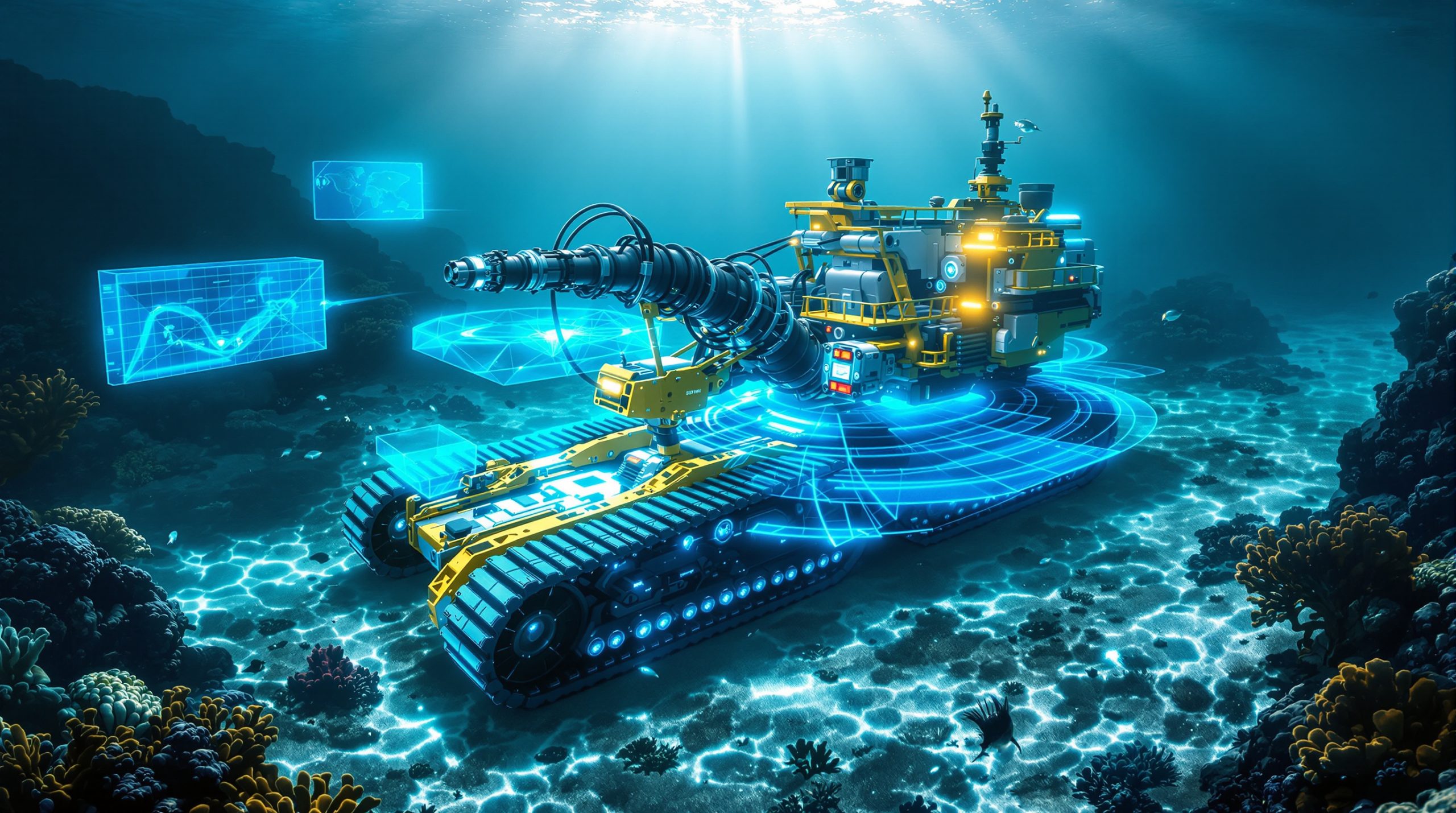Next Generation Subsea Diamond Recovery Crawler: Revolutionizing Marine Mining
Deep beneath the ocean's surface lies one of the world's most valuable treasures—marine diamonds. Yet recovering these precious gems presents extraordinary challenges that conventional mining methods simply cannot overcome. The harsh underwater environment, with extreme pressure, poor visibility, and unpredictable seafloor conditions, demands specialized technology for efficient diamond extraction.
Modern subsea diamond recovery has evolved dramatically, requiring equipment that can withstand the ocean's punishing conditions while efficiently recovering diamonds with minimal environmental disruption. The latest breakthrough in this field—the next generation subsea diamond recovery crawler—represents a significant technological leap that's transforming how we access these underwater riches.
What Makes Subsea Diamond Recovery Challenging?
The ocean floor contains some of the world's most valuable diamond deposits, yet accessing these gems presents extraordinary challenges that land-based operations don't face. Traditional mining equipment fails in marine environments where pressures can exceed 13 atmospheres at typical operating depths of 100-135 meters.
Limited visibility compounds these difficulties, with operators often working in near-zero visibility conditions. Unpredictable seafloor topography—ranging from smooth sand to rocky outcrops—creates navigation challenges that require specialized equipment designed specifically for underwater operation.
The corrosive saltwater environment accelerates wear on mechanical components, while marine currents and rough sea conditions add further complications. These factors combine to make subsea diamond recovery one of mining's most technically demanding specialties.
The Evolution of Subsea Mining Technology
Marine diamond recovery has undergone remarkable evolution since its beginnings. Early attempts relied on basic dredging systems with limited control and recovery rates. These rudimentary operations faced persistent reliability issues, with equipment frequently failing under harsh conditions.
By the early 2000s, purpose-built crawlers emerged, offering improved maneuverability but still suffering from limited automation and high maintenance requirements. Each technological generation addressed previous limitations, gradually improving reliability and efficiency.
Today's advanced crawlers represent decades of engineering experience, combining sophisticated automation with robust construction techniques learned from previous operational challenges. This evolution has steadily increased diamond recovery rates while reducing environmental impact—a critical concern for modern mine planning.
How Does the Next Generation Crawler Transform Diamond Recovery?
The latest subsea diamond recovery crawler represents a significant technological leap, combining advanced automation, enhanced durability, and improved efficiency in one massive package. This 370-tonne machine measures approximately 28 meters long and 8 meters in both height and width—substantially larger than previous models.
This increased size isn't merely for show; it enables greater seafloor coverage and extraction capacity while housing numerous technological improvements. The crawler's mining arm completes a full 21-meter arc sweep in just 25 seconds, dramatically increasing material processing capacity.
The system operates at depths between 100-135 meters, precisely where diamond-rich deposits are typically found off the Namibian coast. Its 800mm diameter pipeline efficiently transports a mixture of seawater, sand, gravel, and diamond-bearing material to the surface vessel for processing.
Key Technical Specifications
| Feature | Specification | Improvement Over Previous Generation |
|---|---|---|
| Weight | 370 tonnes | 24% heavier for improved stability |
| Dimensions | 28m × 8m × 8m | Larger footprint for increased coverage |
| Mining Arm Sweep | 21-meter arc | Completes full sweep in just 25 seconds |
| Operating Depth | 100-135 meters | Optimized for diamond-rich seafloor zones |
| Pipeline Diameter | 800mm | Handles larger material volume |
| Engineering Availability | 87% | 5% improvement from previous 82% |
| Production Increase | ~20% | With minimal operating cost increase |
Advanced Automation Systems
The crawler incorporates sophisticated automation that transforms how operators interact with the seafloor environment:
-
Forward-looking sonar technology provides high-resolution seafloor imaging, allowing operators to identify optimal recovery areas and navigate to the footwall with precision
-
Automated track tensioning system continuously adjusts to changing seafloor conditions, reducing mechanical wear and extending component lifespan
-
Intelligent dredge control optimizes suction power based on material density and composition
-
Real-time performance monitoring enables predictive maintenance and reduces unexpected downtime
The integration of these automated systems allows the crawler to operate more efficiently even in challenging conditions, maintaining productivity while reducing operator workload. This represents a significant advance over previous generations that required more constant manual adjustment and monitoring.
What Engineering Innovations Drive Improved Performance?
The next generation crawler's enhanced capabilities stem from several key engineering breakthroughs that address previous limitations in marine mining technology. These innovations focus on reliability, efficiency, and durability—three critical factors in subsea operations.
After nearly four years of development, the engineering team has integrated several groundbreaking systems that collectively transform the crawler's operational capabilities. These innovations not only boost recovery rates but also reduce maintenance requirements and extend operational lifespan.
Hydraulic Track Tensioning System
One of the most significant innovations is the crawler's hydraulic track tensioning system. Unlike previous models that required manual adjustment or maintained fixed tension:
-
Automatically adjusts track tension based on seafloor conditions
-
Reduces wear on track components by maintaining optimal tension
-
Improves torque delivery from the gearbox to the tracks
-
Extends track chain lifespan by preventing over-tensioning
This self-adjusting system eliminates a major maintenance headache while improving traction across varying seafloor conditions. The system continuously monitors pressure and adjusts hydraulic tension to maintain optimal track performance without operator intervention.
Enhanced Material Processing
The crawler's material handling capabilities have been substantially improved:
-
The 800mm diameter pipeline efficiently transports a mixture of seawater, sand, gravel, and diamond-bearing material
-
Powerful 47-tonne dredge motor provides approximately 3.4 megawatts of power
-
Optimized flow dynamics reduce pipe wear and energy consumption
-
Enhanced filtering systems prevent clogging while maintaining extraction efficiency
These improvements enable the crawler to process significantly more material per hour without corresponding increases in energy consumption or wear rates. The optimized flow dynamics reduce internal turbulence, minimizing abrasive wear on pipeline components.
Structural Reinforcement
Operating in harsh underwater environments requires exceptional structural integrity:
-
Reinforced frame designed to withstand extreme pressure and abrasive conditions
-
Strategic use of corrosion-resistant materials extends operational lifespan
-
Shock-absorbing elements protect sensitive equipment from seafloor impacts
-
Modular design facilitates easier maintenance and component replacement
The crawler's frame incorporates lessons learned from previous generations, with reinforced stress points and improved corrosion protection. Special attention was paid to areas where previous models showed premature wear, resulting in a more robust overall structure.
How Does Deployment and Maintenance Work?
The crawler's size and complexity require specialized deployment and maintenance procedures to ensure operational efficiency and minimize downtime. These processes have been carefully engineered to integrate with vessel operations.
Moving a 370-tonne machine from land to sea presents significant logistical challenges. The deployment process involves careful planning, specialized equipment, and precise coordination between vessel and shore teams.
Vessel Integration
The crawler operates in conjunction with specialized support vessels like the Benguela Gem:
-
Custom deployment systems safely lower the 370-tonne crawler to the seafloor
-
Umbilical connections provide power, control signals, and material transport
-
Onboard processing facilities separate diamonds from extracted material
-
Dual-crawler system enables continuous operation during maintenance periods
The vessel serves as both the crawler's lifeline and processing facility. Power, control signals, and material transport all flow through umbilical connections between the vessel and crawler. This integration is critical to efficient operations, with the vessel's processing plant designed specifically to handle the material volume the crawler delivers.
Maintenance Strategy
A comprehensive maintenance approach maximizes operational time:
-
Redundant crawler units allow rotation between active service and maintenance
-
Predictive maintenance algorithms identify potential issues before failure
-
Modular design enables rapid component replacement
-
Land-based testing facilities verify system integrity before redeployment
This approach represents a significant advance over previous maintenance strategies that relied primarily on reactive repairs. By implementing data-driven mining and using modular components, the system reduces downtime while improving overall reliability.
What Environmental Considerations Are Addressed?
Modern subsea mining prioritizes environmental responsibility alongside operational efficiency. The next generation subsea diamond recovery crawler incorporates numerous features designed to minimize ecological impact while maximizing resource recovery.
Environmental monitoring is integrated into every aspect of operations, with real-time data informing operational decisions. This approach ensures compliance with increasingly stringent international standards for marine mining activities.
Seafloor Impact Minimization
The crawler incorporates several features to reduce environmental disruption:
-
Precise navigation avoids sensitive marine habitats
-
Controlled extraction minimizes unnecessary seafloor disturbance
-
Optimized track design reduces ground pressure and seafloor compaction
-
Return of processed material maintains seafloor composition
These features collectively reduce the crawler's environmental footprint. The precise navigation system allows operators to avoid sensitive areas, while the controlled extraction process minimizes disturbance to surrounding areas.
Monitoring and Compliance
Environmental monitoring is integrated into operations:
-
Real-time sensors track sediment dispersion and water quality
-
Operational parameters adjust to minimize ecological impact
-
Data collection supports ongoing environmental assessment
-
Compliance with international marine mining standards
This comprehensive monitoring approach provides valuable data for ongoing environmental assessment while ensuring operations remain within acceptable parameters. The data collected helps refine future operations and supports continued improvement in environmental performance.
How Was the Crawler Developed and Tested?
The development process spanned approximately four years, involving extensive engineering, testing, and refinement. This extended timeline reflects the complexity of creating a machine capable of operating reliably in one of Earth's most challenging environments.
The process combined advanced computer modeling with practical experience from previous generations, resulting in a design that addresses known limitations while incorporating innovative new technologies.
Design and Assembly Process
Creating such a complex machine required specialized facilities and expertise:
-
Comprehensive computer modeling preceded physical construction
-
Assembly of over 10,000 electrical connections and 2.2 kilometers of cabling
-
Synchronized overhead cranes managed the installation of massive components
-
Collaborative design approach incorporated feedback from operational teams
The assembly process alone presented significant challenges, with components weighing up to 47 tonnes requiring precise positioning. The 47-tonne dredge motor installation required two synchronized overhead cranes—a technique now standardized for future builds.
Testing Protocols
Before deployment, the crawler underwent rigorous testing:
-
Full-scale land-based simulations verified all systems under realistic loads
-
Comprehensive electrical testing validated all connections and control systems
-
Staged deployment testing ensured safe transition to seafloor operations
-
Incremental performance verification confirmed operational capabilities
This thorough testing approach minimized risk during the actual deployment and commissioning phases. By identifying and addressing issues on land, the team avoided costly problems during seafloor operations.
What Results Has the Next Generation Crawler Achieved?
The advanced crawler delivers significant performance improvements that transform marine diamond recovery economics. Initial operational data demonstrates substantial gains across multiple performance metrics.
These improvements translate directly to bottom-line benefits, enhancing the economic viability of marine diamond recovery operations. The combination of increased production and improved reliability creates a compelling business case for this advanced technology.
Production Enhancements
Initial operational data demonstrates substantial gains:
-
Approximately 20% increase in effective mining rates
-
Improved engineering availability from 82% to 87%
-
Enhanced recovery of diamonds from previously challenging areas
-
Better utilization of vessel processing capacity
These improvements allow the vessel to fully benefit from its onboard treatment plant's throughput capability—something previous crawler generations couldn't consistently achieve. The increased mining rate with minimal operating cost increase significantly improves overall economics.
Economic Impact
These improvements translate to meaningful economic benefits:
-
Increased annual diamond recovery without proportional cost increases
-
Extended operational lifespan through reduced mechanical stress
-
Lower maintenance costs through predictive maintenance
-
Improved return on investment for marine mining operations
The economic impact extends beyond simple production increases. By reducing downtime and maintenance costs while extending operational lifespan, the crawler significantly improves the overall economics of marine diamond recovery operations.
What Does the Future Hold for Subsea Mining Technology?
The next generation crawler provides a foundation for future innovations in marine resource recovery. Its modular design and advanced control systems create a platform that can incorporate emerging technologies as they develop.
Several technological trends point toward continued advancement in subsea mining capabilities. These developments promise further improvements in efficiency, environmental performance, and economic viability.
Emerging Technologies
Several technological developments may further enhance subsea mining:
-
Machine learning algorithms for optimized extraction patterns
-
Advanced materials for improved durability and reduced weight
-
Enhanced sensor systems for better resource identification
-
Autonomous operation capabilities reducing human intervention requirements
Machine learning represents a particularly promising direction, with AI in mining operations potentially identifying optimal extraction patterns based on real-time seafloor data. This could further increase recovery rates while reducing environmental impact.
Broader Applications
Technologies developed for diamond recovery have potential applications in other sectors:
-
Adaptation for other marine mineral recovery operations
-
Application to environmental remediation of seafloor areas
-
Transfer of technologies to land-based mining operations
-
Integration with electrification & decarbonisation systems for reduced carbon footprint
The engineering breakthroughs achieved for subsea diamond recovery have potential applications far beyond their original purpose. The harsh operating environment has driven innovations that could benefit numerous other industry evolution trends facing similar challenges.
FAQ: Next Generation Subsea Diamond Recovery
How deep can the subsea crawler operate?
The next generation crawler is optimized for operations between 100 and 135 meters below sea level, where diamond-rich deposits are typically found in marine mining concessions.
What is the expected lifespan of the new crawler?
With proper maintenance and component replacement, the crawler is designed for an operational lifespan of approximately 15-20 years, though individual components have varying replacement schedules.
How many diamonds can the system recover annually?
While production varies based on deposit quality, the next generation crawler system can potentially recover tens of thousands of natural marine diamonds annually when operating at full capacity.
What happens to the seafloor after mining?
After extraction, processed materials are typically returned to the seafloor. Natural ocean currents gradually redistribute these materials, and monitoring programs track recovery of the seafloor environment over time.
How is the crawler controlled from the surface?
The crawler connects to the surface vessel through umbilical cables that provide power and two-way data communication, allowing operators to control the system remotely while receiving real-time feedback from onboard sensors.
Further Exploration
Readers interested in learning more about advanced marine mining technologies can also explore related educational content about subsea diamond mining innovations. The field continues to evolve rapidly, with ongoing research into more efficient methods and environmentally sustainable recovery techniques.
The technologies developed for subsea diamond recovery represent some of the most advanced marine engineering solutions in the world. As these systems continue to evolve, they will likely influence numerous other industries operating in challenging underwater environments.
Want to Discover the Next Major Mineral Opportunity?
Discovery Alert's proprietary Discovery IQ model delivers instant notifications on significant ASX mineral discoveries, turning complex data into actionable investment insights. Explore their dedicated discoveries page to see how historic mineral discoveries have generated substantial returns and begin your 30-day free trial today.




